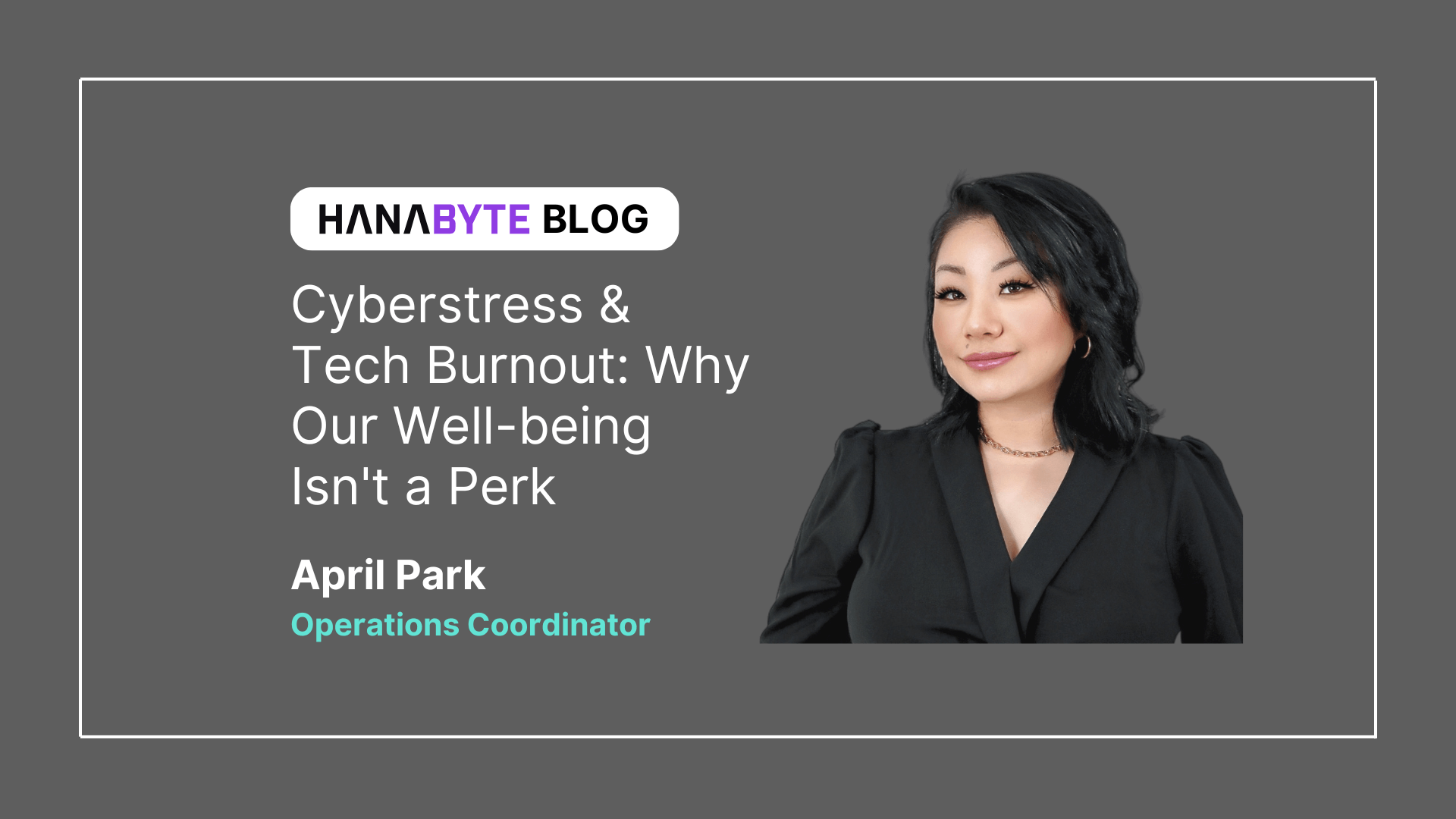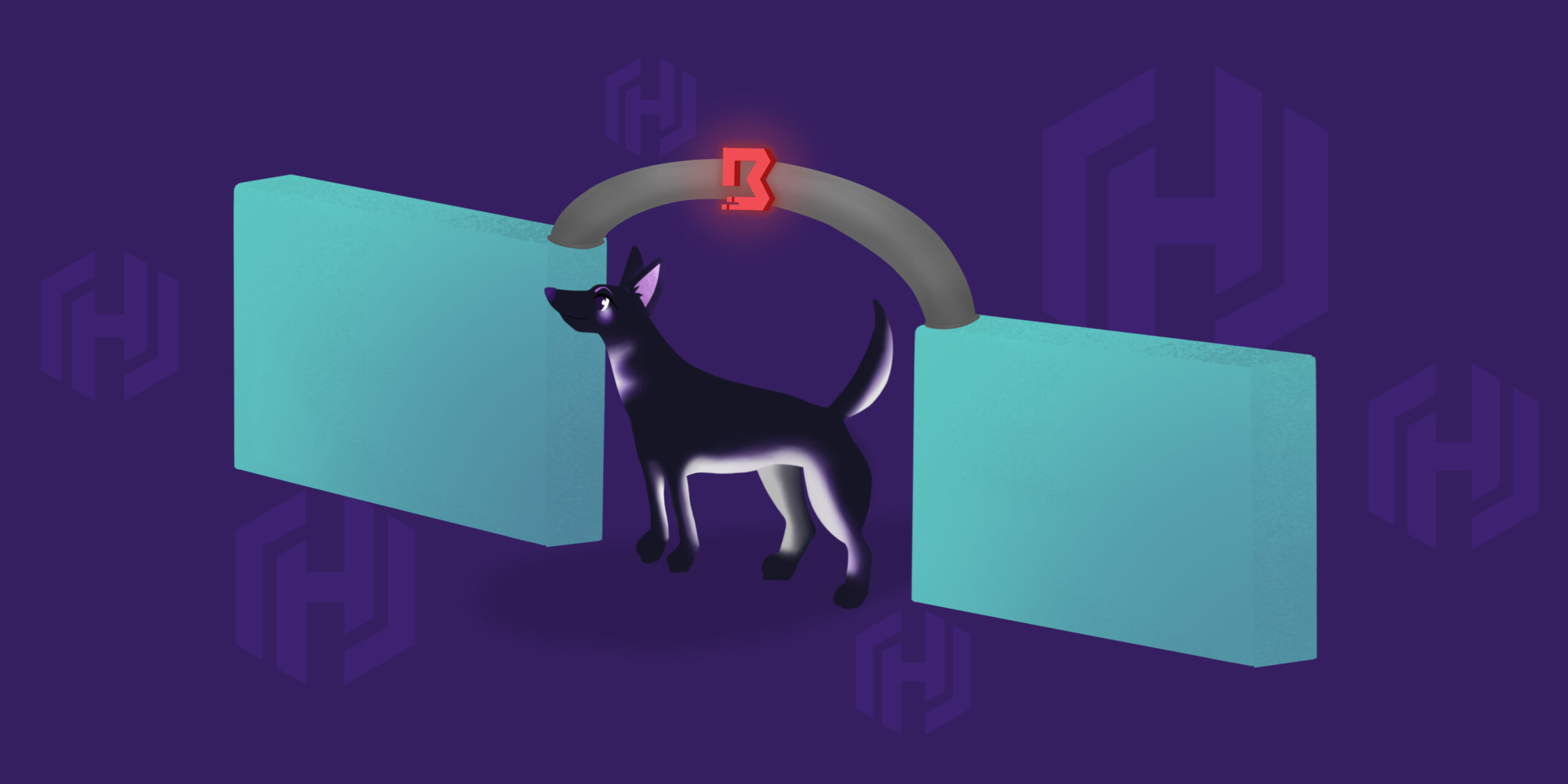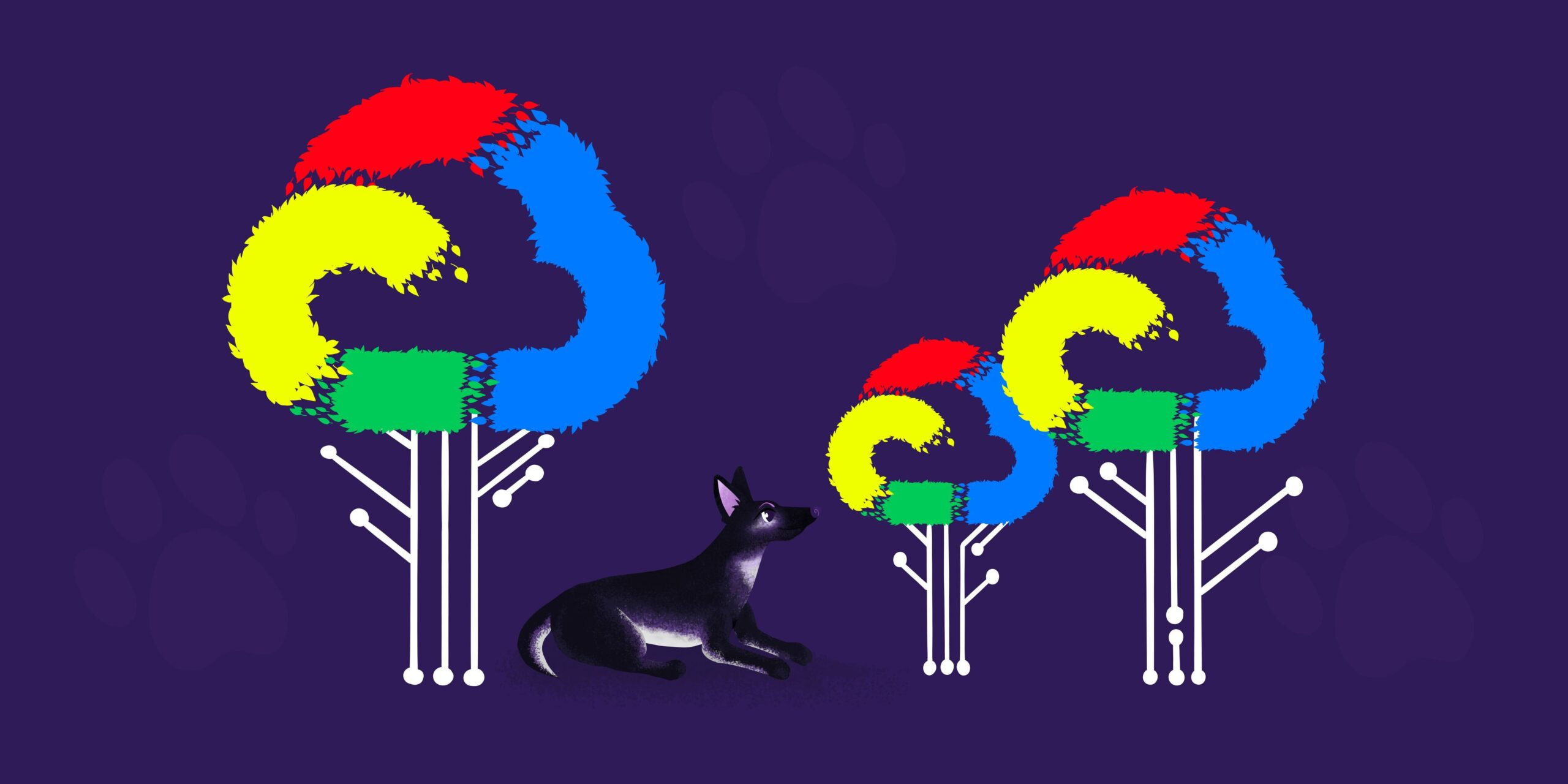The Crushing Reality of Mental Health in Tech & Cyber
We go all-in: from hardening the digital front lines to building the tech that runs the world, creating the future byte by byte. But we can’t — for crying out loud — manage to get our own heads right? That very future we’re building can sometimes feel like we’re forgotten in the equation.
And that state is often rooted in the very nature of this work. You’re reading this because you know it’s more than just a job. We spend most of our time here, together. We push for the next cutting-edge, bleeding edge, you name the edge, we’re probably on it, industry disruptions, and innovate to one-up any competition — be it for a promotion, a service, or a product. We push code that could redefine markets, or desperately patch vulnerabilities before the next major breach. The stakes are immense more often than not, and the pressure is palpable because the perfect defense, to no one’s surprise, does not exist.
So, why is it that in an unrelenting field where we constantly talk about “resilience” for our systems and operations, our own mental health and well-being often get exiled to the cushy “nice-to-have” perk classification instead of a fundamental, foundational pillar? Why do we accept that “culture” often dissipates like smoke as a company scales past a certain milestone? Is “scaling” even the correct term when it often carries the consequence of leaving humanity on the backburner? What goes wrong at X point that factors as crucial as ethics are no longer sustainable — is this a choice? I’m sure you’ve hopelessly asked some variation of these questions at some point in your career.
You’ve seen it. I’ve seen it. We all have. Those stellar Glassdoor reviews, bursting with nearly nauseating enthusiasm and intoxicating pride in the beginning stretch, then slowly, undeniably, capsizing as “growth” (which has many faces) takes precedence over people. On some notable occasions, it turns out that the ideal “culture” wasn’t lost; it was just a convincing illusion that couldn’t hold up under real growth. Sounds cynical, right? This isn’t just haphazard misfortune; it’s a symptom of an institution that often fails to prioritize the human element, even as that feature is our most critical defense, and lifeblood.
The Silent Toll
There are one too many of us operating on borrowed time. The constant need to be learning, to respond to that urgent ping that may or may not be urgent at all, rocking on the edge of a meltdown, the isolation of staring at screens for hours on end, or that gnawing, implacable imposter syndrome that whispers you’re just not quite good enough — and the accented garnish in the cocktail of stress: the soul-crushing frustration of stalled work, when clear directives vanish and progress flatlines, leaving you to question not the process, but your own capabilities. It’s a sweet recipe for disaster.
Compounding all of this rather spectacularly is the chilling reality of the past few glittering years: a landscape marked by panic-inducing industry-wide layoffs that have shattered job security and squeezed even more out of those who remain. For many, being laid off has become a terrifying prospect in itself, a full-time job of colossal anxiety with no clear end in sight. It’s a lose-lose feeling: a heavy cost to be in these demanding fields, and an equally heavy, if not heavier, price to be out of a job and contending with a brutal market. We’re navigating a field that never stands still, and it’s taken an undeniable toll.
What follows isn’t speculation; it’s a true story. ISACA’s 2024 ‘State of Cybersecurity’ report found that a sobering 66% of professionals say their role is more stressful now than it was just five years ago. The impact is indisputable: ISACA’s 2023 ‘Cybersecurity and Burnout’ report also uncovered that 27% of professionals report a direct decline in their mental well-being specifically due to job stress. The current trajectory into the future isn’t so pretty either. As recently as a June 2024 report, a disheartening 50% of cybersecurity professionals were already expecting to hit burnout within the following year — a future that, for too many, has already arrived at the time of publishing this. Hack The Box also reported in June 2024 that 74% of cybersecurity professionals around the world say that they’ve taken time off of work due to work-related mental well-being problems. These bleak numbers ironically illuminate a deeply rooted issue that’s part of the industry’s core design.
Grab yourself a coffee and buckle in — there’s more; this crisis spares no one. A 2023 Gartner survey revealed that 62% of cybersecurity and IT leaders have personally experienced burnout, with nearly half of them battling multiple instances. Apart from the sheer workload, many battle unseen demons: studies by Hays indicate a whopping 64% of tech professionals report experiencing imposter syndrome, making us the industry most prone to this crippling self-doubt. That’s not just a statistic; it’s probably safe to call it a silent epidemic quietly undermining the very people protecting our digital world, impacting their ability to engineer vital technologies and stay sharp against evolving threats.
When we’re mentally shot, we make mistakes. In our line of work, a mistake isn’t just a typo; it can mean a catastrophic system failure, a critical service outage, or a vulnerability leaving doors wide open for adversaries. As if it wasn’t enough, the ripple effect doesn’t stop there. For each of us, regardless of department or job function, that mental fatigue leads to critical misjudgments, missed details in our daily tasks, and a terrifying susceptibility to human error and exploitation. The human cost directly translates to a critical, exploitable business risk that impacts every single one of us.
You know that unshakeable compulsion to remain “always-on”? It’s not just a feeling — it’s crushing us. A wild 82% of tech industry employees feel close to burnout, according to a recent survey cited by mental health platform Spill.chat, directly linked to the unyielding pressure to be constantly available. And what really cranks up this pressure cooker is the pervasive glorification of a ‘hustle’ mentality — a belief system proving to be not just painfully overrated, but straight-up destructive. It’s the unwritten rule: the persistent myth that “it’s not work if you love what you’re doing.” Here’s the inconvenient truth — even when you love it, it’s still work, and healthy boundaries are not just to be encouraged — they are essential for long-term well-being and sustainability. The current model is breaking; the digital grind never lets up, nor does the mounting anxiety and stress it fuels. Even if you think you’re immune, consider this: the strain often manifests in those around you. Have you noticed how it’s affecting your loved ones, your team, or your colleagues?
Then there’s the exodus. Companies bleed talent when the environment becomes toxic to well-being. In fact, reports from Jefferson Frank and Talkspace indicate that a significant portion of tech workers are already actively looking for new jobs, with 42% of those at high risk of burnout considering leaving their current roles within six months due to declining mental health. Forget the revolving door; it’s a massive hemorrhage that fundamentally damages our capacity to scale in building critical technologies and maintain formidable digital defenses.
More than “employee happiness” hangs in the balance. It’s about the brutal truth of operational resilience, the power of innovation, and the absolute non-negotiable requirement for the security that underpins our society and businesses. When our people are burnt out, their effectiveness plummets, they become error-prone liabilities, and the sprightly flow of new solutions grinds to a halt. That’s a direct hit to the bottom line and a gaping hole in our collective shield.
System Restore: From Sharp End to Shared Endeavor
What’s the play here? We’re all just humans, after all. Leadership, for starters, carries a heavy burden in shaping culture; it’s a fine line, an understandably delicate balancing act in truly leading an organization with intention and consistently building an environment where mental health is genuinely prioritized. Here, we regularly conduct employee pulse checks, but the true impact isn’t just a reading on the gauge; it hinges on deeper conversations through 1:1s and honest dialogue. That’s where the real power lies, not solely in the ranks of leadership. Individuals and teams also have the power to create pockets of resilience and find solid ground when the day-to-day feels overwhelming.
While there’s sadly no sound one-size-fits-all solution, this is when looking beyond the screens, as a collective force, can be critical in rerouting our trajectory.
For our team, that often means stepping away from the keyboard and into the community. Our quarterly volunteer collaborations are less like initiatives and more so a deliberate act of extending our authentic selves and reinforcing our humanity.
Whether we’re shopping for stocking classrooms at the Atlanta Children’s Day Shelter, guiding students through job fairs at the Boys & Girls Club, tackling disaster relief and preparing for shelter renovations with PAWS Atlanta, planting trees with Trees Atlanta, assembling thousands of meals for communities abroad with Rise Against Hunger, or even looking forward to packing groceries for those with chronic illnesses with Open Hand Atlanta — these experiences provide a profound sense of fulfillment and complete mental reset, and nothing can compare to these moments together. It builds a different kind of team culture and a deeper, richer tone of loyalty and commitment — not just around shared projects, but a shared purpose.
It’s a powerful antidote to the daily grind, not only because it’s something to look forward to, but it reminds us of what truly matters when the screens go dark.
Building for the Long Haul
We’re all adults here. Some, hurting adults. We understand that work environments have their seasons, faithfully accompanied by the inevitable growing pains. But make no mistake — steadfast leadership, and a fundamentally resilient workforce, isn’t quite defined by the absence of these challenges, or by the illusion of a perfect, impenetrable system. It’s forged in the courage to squarely face the harsh realities of our field, the willingness to confront the inevitable pain points of scaling, and the unwavering drive as a whole to identify their symptoms and unleash continuous, tangible efforts to anchor the human beings making it all happen.
Prioritizing mental health isn’t some soft, discretionary “perk” for a thriving company, nor is it a quick fix for one already failing. It is undoubtedly a deliberate build that demands consistent, intentional effort—a truth we’re actively shaping here at HanaByte. It’s the non-negotiable building block for resilience, creativity, innovation, and sustainable success in tech and cybersecurity, and beyond. The time has come to stop treating mental health like a luxury and start treating it like the critical, and often vulnerable, system it exceedingly is.



